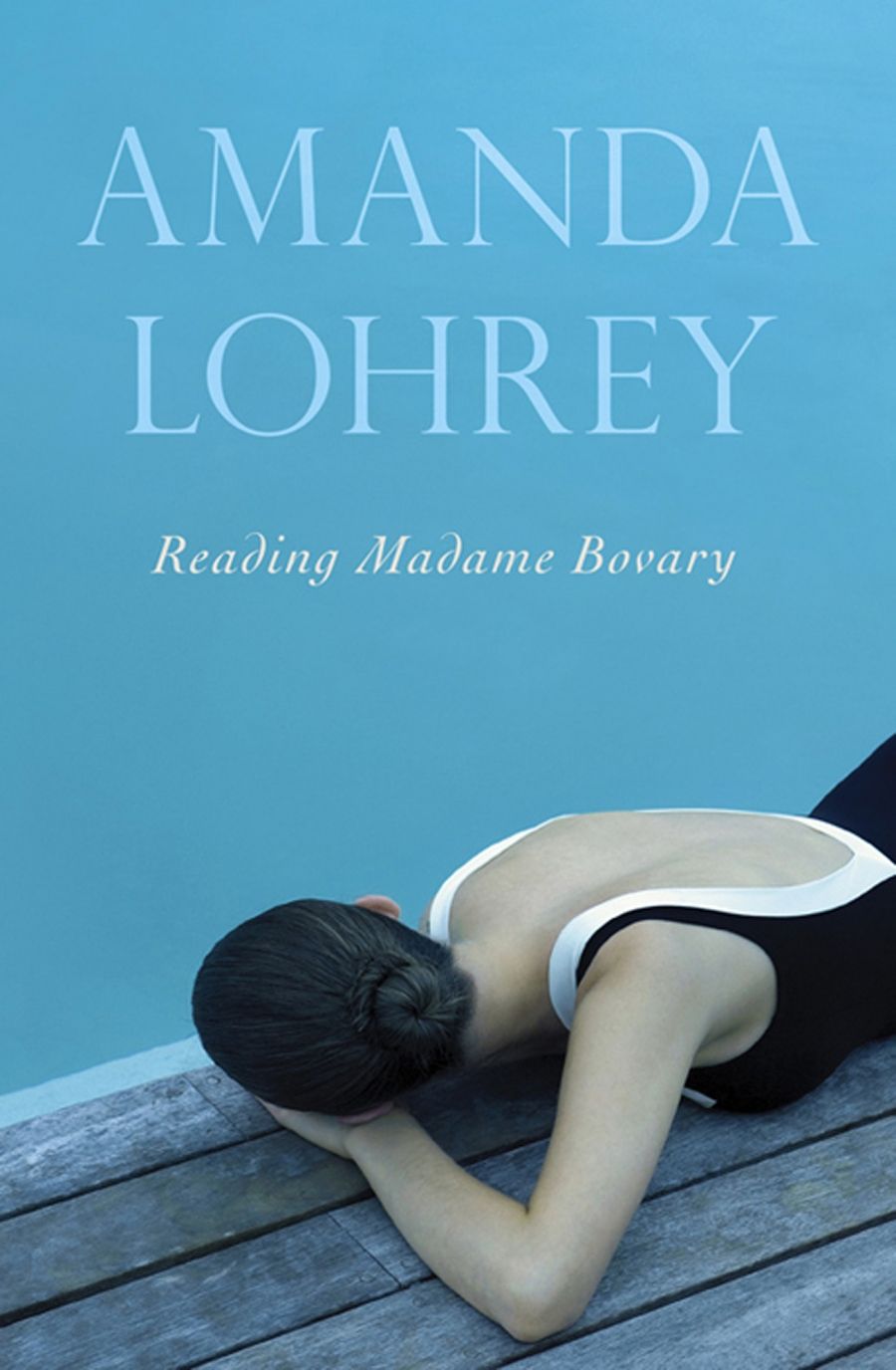
- Free Article: No
- Contents Category: Short Stories
- Review Article: Yes
- Online Only: No
- Custom Highlight Text:
From a clutch of novels including the award-winning Camille’s Bread (1996), Amanda Lohrey has now turned to shorter literary forms, notably two Quarterly Essays (2002, 2006), a novella (Vertigo, 2008) and this new collection of short stories. At the 2009 Sydney Writers’ Festival she publicly confessed her new leaning, arguing the benefits of genres more easily completed by both writer and reader and less likely to produce guilt if cast aside unfinished.
- Book 1 Title: Reading Madame Bovary
- Book 1 Biblio: Black Inc., $32.95 pb, 269 pp
- Book 1 Readings Link: https://booktopia.kh4ffx.net/AbPO7
At twenty to thirty pages on average, the stories in Lohrey’s collection also satisfy, partly because they are lengthy enough to offer a contained narrative encapsulating a quite complex and eventful mini-plot. The penultimate story, for example, ‘John Lennon’s Gardener’, invokes the history of a small, idealistic settlement (‘not a commune’, insists one of its members) in a remote valley first inhabited by Europeans in the 1860s. Two large German families arrived and built simple but beautifully finished stone houses, which their descendants ultimately abandoned to new people of vaguely hippy persuasions; but in the end, this second community also breaks up, and the lovely, isolated valley is left to nature – or developers. The place itself has a beginning, a middle and an end, its life providing a quiet backdrop to dramatic events and clashing interaction, particularly when set in motion by the central character, a forceful, imperious woman who seems ill-adapted to pastoral idyll. So what does happen? Well, you must read it for yourself.
A different reason for enjoying these stories lies in their persuasive internal logic. Lohrey presents us with a number of individuals from a variety of walks of life – a brain surgeon engaged in a bout of loquacious self-reflection, a woman with a suspicious lump and no private health insurance, a man paralysed by a mid-life crisis, a family affected by a temporary change of dwelling – all of whom think or act, one might say, in character. By this I do not mean that they are predictable, rather that they are all convincingly themselves, reacting with authenticity to new challenges, ongoing dilemmas, or whatever life serves up.
In another example, the title story foregrounds an adventurous young Australian woman called Kirsten, to whom the name of Flaubert means virtually nothing. The titular novel is mentioned only twice. Kirsten embarks on it simply because it is the only book on hand after she has reluctantly agreed to help Tom, her schoolteacher boyfriend, take a group of underprivileged kids for a ten-day barge trip on an English canal. We understand how Kirsten and Tom met, why they find themselves on this shabby, unreliable boat and, more lengthily, what it is like being cooped up in a confined space in foul weather with a motley assortment of badly brought-up twelve-year-olds.
Somewhat to Kirsten’s surprise, Madame Bovary proves better than expected, as well as helping the hours to pass in the small, dank cabin where the children can’t intrude. Because they are Tom’s problem, aren’t they? Four fifths of the way into the novel, however, she has a flash – the equivalent of ‘Madame Bovary, c’est moi!’ She does not actually speak the words, and in any case would have no idea that Flaubert said them first, but she does register the similarities between her sulking, resentful self and the dissatisfied heroine pining for a more glamorous life. She makes a determined and successful attempt to improve, involving herself in the preparation of meals, telling the children stories about the Australian bush, and on the last night dealing with a minor crisis while Tom sleeps. Pleased, she congratulates herself: ‘She was cold, she was uncomfortable, but she had done a good deed.’ Unfortunately, the problem is not really solved, and its after-effects make her dangerously ill. During her hazy recovery she begins to feel sorry for ‘poor Emma … too constrained too early’, and vaguely thinks of ending her own relationship with Tom. She probably won’t be drawn to any more Flaubert, but as she drifts off into the ‘limp repose of the convalescent’, we sense that she has moved on in ways that were not open to poor Mrs Bovary; nevertheless, the unlikely French romantic has indirectly stimulated both small and larger upheavals in Kirsten’s life and behaviour.
A third and arguably less important aspect of these stories is the one vaunted on the back cover – their confrontation with the realities of ‘modern life’. While not untrue, this hardly constitutes a criterion, as evidenced in the shortest and least successful ‘The Art of Convalescence’. The girl with the lump loses an ovary, but gains a love of classical music. The facile ending is atypical of the bulk of these high-standard, engaging and enjoyable stories, which are well polished but not too obviously crafted.


Comments powered by CComment